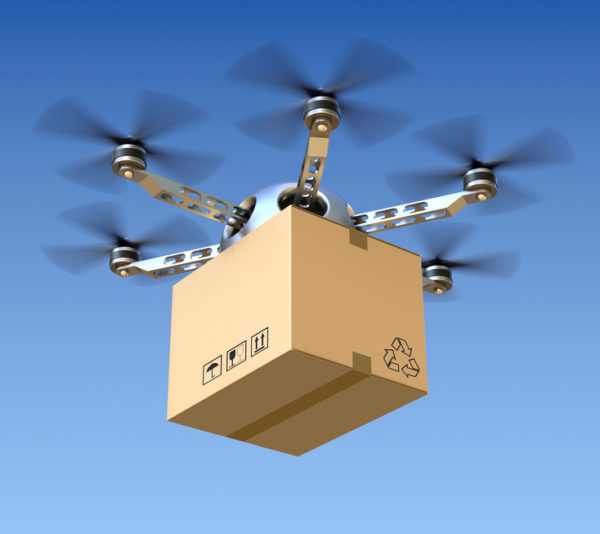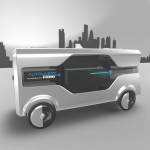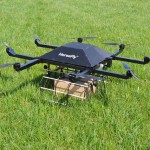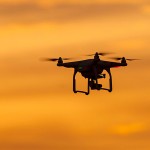Do we really want drone delivery?
Do we really want drone delivery?

Imagine answering the door but instead of seeing a delivery guy, a drone floating by carrying your package arrives at your doorstep. Sounds cool, right? But in reality, just how many people can really entrust their packages to unmanned aerial vehicles? Can people afford to leave their orders and packages in the care of floating devices?
In 2016, it appears that more people (79%) are becoming open to choosing drones for delivery compared to the previous year. That is, if it could deliver a package within an hour. I guess with the fast-paced lifestyle that we have nowadays, speed has become a primary concern for people.

Sources: Walker Sands Future of Retail Study 2016
Consumers have some concerns
But there are still a few (20%) who cannot bear the thought of a machine delivering their packages. When asked why, it turned out that most of them are worried about their packages getting stolen or damaged while the drone is in transit. Who can blame them? If these incidents can happen in traditional shipping (where there are people supposedly looking after the parcels), what more in an unmanned aerial vehicle.
Other reasons include safety concerns, privacy concerns, technology concerns, and cost. Truly, people are becoming more accustomed to this kind of technology. Give it a bit more time and they’ll be ready to see drone delivery as a convenience in their everyday lives.
Luckily, companies who plan to use drones for delivery have more time to convince skeptics to reconsider. While the Federal Aviation Administration (FAA) released new commercial drone guidelines on June 21, 2016, these rules have not been made into laws yet. The FAA also held off changing low-altitude airspace rules for drones, so companies like Amazon and anyone who wish to use drones as a delivery service will have to wait until 2019.

Liz Pekler
Amazon planning its own fleet of drones
Just to backtrack a bit, Amazon proposed creating its own highway through closing off specific parts of airspace under 500 feet for drones last year. One lane would be for shorter trips while the other lane would be for longer journeys. This proposal aimed to clear the notion that using drones for deliveries would cause disturbances and compromise the safety of the other aircrafts floating by. To further assure everyone’s safety, the plan would also require that each pilot communicate with each other so that they would know where their devices are. And should one not be able to reach another, he or she should remain not more than 200 feet up in the air. With that covered, permitting drone activities like this is more likely to happen.
This should also allay the fears of those who do not trust drone deliveries due to safety concerns, as drones would be flying over controlled environment once this proposal is implemented. Since drone pilots would be communicating with each other constantly during flight, there would be less chances of getting one’s package damaged due to aircraft collisions.
The public was first introduced to drone delivery services when Amazon launched Prime Air in December 2013. Google and DHL followed suit and launched their own drone delivery services in July and September 2014, respectively.
There is no telling what the future of drone deliveries will be like and how people will respond to it once it’s in full swing. Since nothing is certain yet, surveys can only tell us so much. Let’s wait for the first drone-delivered retail order to take off. Then let’s talk about this again.
The author is a travel photographer with almost 10 years of experience in the field. When she is not out exploring the world, she likes to share her knowledge about photography and travel through writing.
The post Do we really want drone delivery? appeared first on ReadWrite.
(56)











